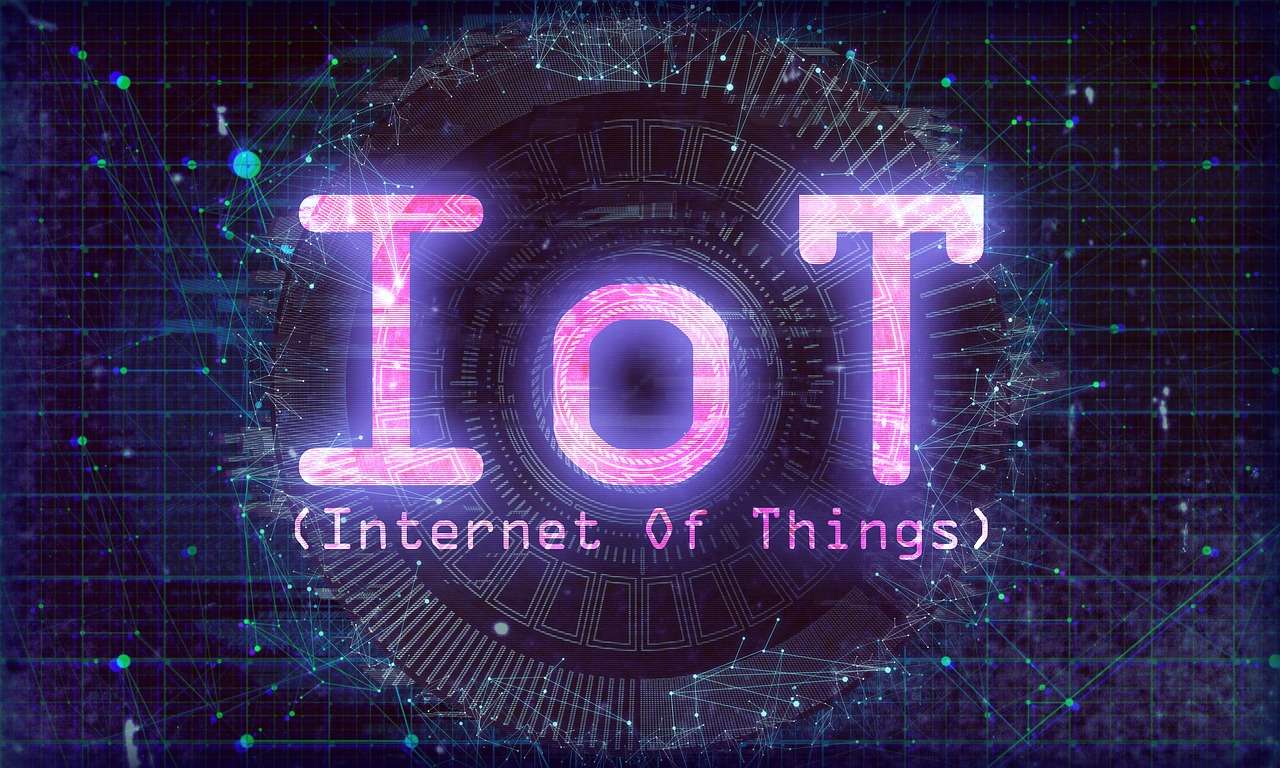
Internet of Things
People think of the evolution of IoT as an unquestionable success. But that’s not the whole story. Sure, IoT has made life better, easier, and a lot more fun than before, but that’s only because we’ve conquered some unexpected threats during the journey.
“Smart” coffee machines were the pinnacle of luxury for people who can’t function without a large dose of the good stuff until we discovered that criminals could use them to infiltrate your home network and steal your debit card details.
The IoT landscape is a complex behemoth. It slurps up data indiscriminately but spits out tangible benefits as long as we keep our guard up against possible threats. Here’s a quick overview of our recent successes and a tried-and-tested safeguard against threats on our transformation journey.
What is the Internet of Things?
The IoT ecosystem consists of “smart” or internet-capable large and tiny devices spread throughout our homes, offices, and neighborhoods. IoT cameras, sensors, and gadgets collect information and send it to cloud servers via the Internet. The cloud servers process and analyze the data, and send back instructions to the device. That’s how IoT devices control room temperatures, lock or unlock doors, count our steps, and tell us when to order more cheese.
Real-life benefits of IoT
IoT has helped companies to develop new solutions, improve customer experiences, increase revenues, and become more profitable.
l Data has become useful: Unlike the paper mountains of yesteryear, digitally stored data is useful. We can retrieve what we need and analyze it. This revolution has prompted new fields of research, such as the Internet of Behavior (IoB), the science of analyzing the reasons why and methods of how humans use technology. It helps us to make sense of individual and collective human behavior in a global economy.
l Spurred the advancement of AI: When the mass of data became so big that humans couldn’t make sense of it, we started training Artificial Intelligence (AI) to crunch the data. It’s far better than humans at spotting trends or anomalies.
l AI and IoT interface: IoT devices can deliver the power of AI where we need it most. One example is live facial recognition against street crime. Artificial Intelligence of Things (AIoT) is a synergistic, rapidly expanding field.
l Better service delivery: Customer-facing employees can spend more time interacting with clients while IoT takes care of mundane tasks; for example, IoT fingerprinting pads and digital signature devices help people gain access to services.
l Unified infrastructure for decentralized operations: Far-away branch offices can do things in the same way as the rest of the company. It keeps performance consistent, protects company culture, and ensures data consistency.
l Operational efficiency: Sensors and cameras allow people to interact with their surroundings without interrupting important work. For example, automatic temperature controls keep environments comfortable without human intervention.
l Reduces office footprints: IoT devices can scan, digitize, and send paper documentation to cloud archives, removing the need for ugly, bulky filing cabinets and storage space. Offices have become smaller – and much more elegant!
l Cheaper cost of business: Anyone can work from home by connecting computers or phones to the internet.
l Wearable tech has revolutionized healthcare: It’s possible to monitor and control even life-threatening conditions without impacting a patient’s quality of life.
Digital transformation as a result of our response to threats
IoT devices handle sensitive data. After the first few data breaches, we realized that carelessness and lax regulation expose people to identity theft and financial fraud. Hacking into the IoT network became an easy way for criminals to wreak havoc. For example, criminals can interfere with IoT pacemakers and other medical equipment, and we learned about botnets in 2016 when Mirai malware used baby monitors and other IoT devices to break the US internet.
The cybersecurity and VPN industries have had to kick into overdrive to compensate for built-in security failings in the IoT network.
Industry experts agree that one should never allow IoT equipment direct access to the internet. Connect all devices via a VPN-secured Wi-Fi router to encrypt data and ensure the data gets to the intended recipient without delay.
Transformation will always pose cybersecurity risks
Manufacturers have improved the built-in security features of most devices, but one tiny vulnerability can still compromise entire networks. Make informed decisions before you buy a smart device, and use a VPN to hide your older, more vulnerable devices behind a firewall. But, perhaps, IoT’s most important legacy is driving awareness of cybersecurity and influencing conversations about people’s expectations around digital privacy as a basic human right.






